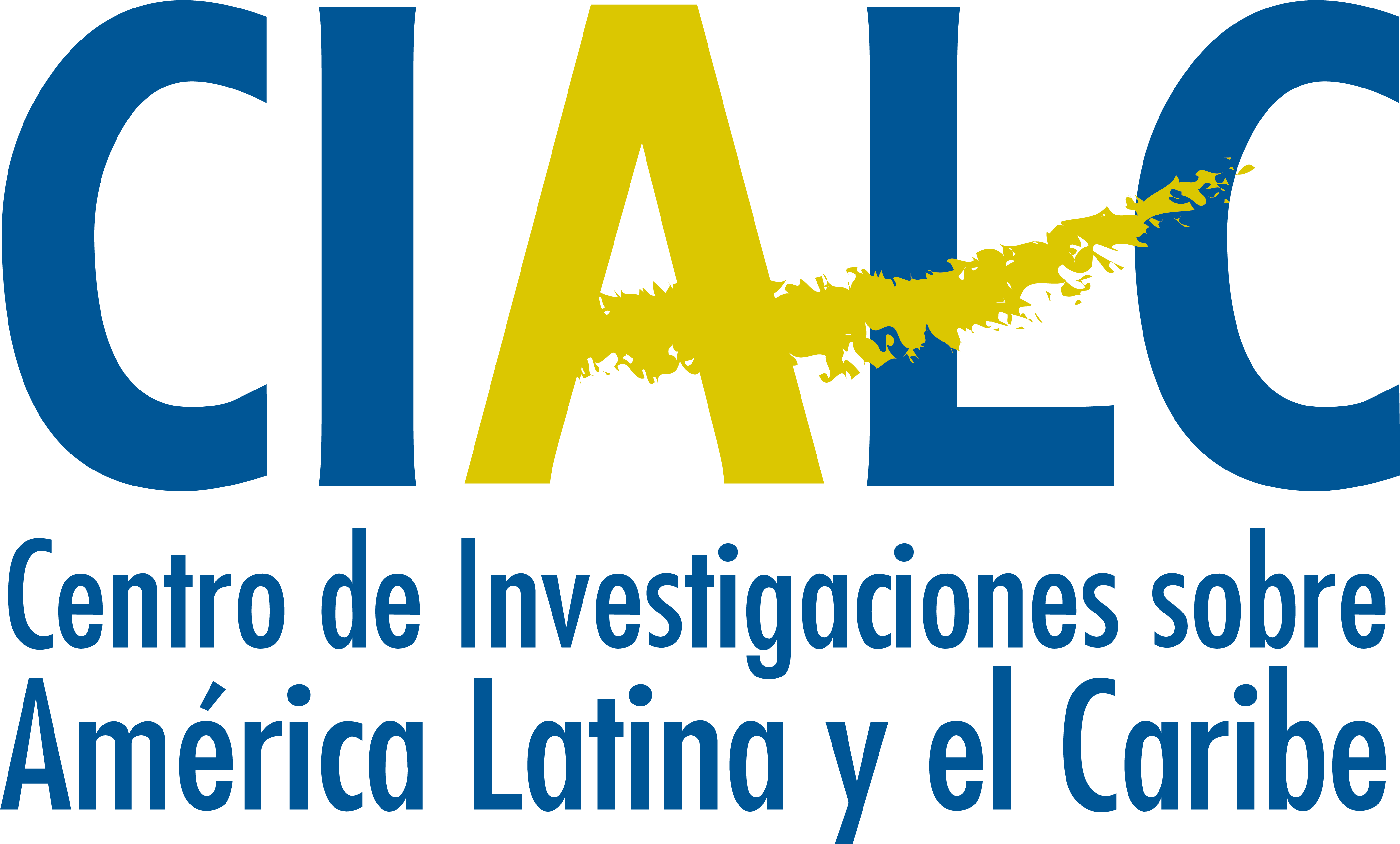Aviso de privacidad
Use el DOI o este identificador para enlazar este recurso:
https://rilzea.cialc.unam.mx/jspui/handle/CIALC-UNAM/A_CA435Registro completo de metadatos
| Campo DC | Valor | Lengua/Idioma |
|---|---|---|
| dc.rights.license | Creative Commons BY-NC-ND 4.0 Internacional, https://creativecommons.org/licenses/by-nc-nd/4.0/legalcode.es, (2020-08-10) | - |
| dc.creator | Macías González, María del Carmen | - |
| dc.date.accessioned | 2020-08-21T23:13:25Z | - |
| dc.date.accessioned | 2022-01-27T22:26:12Z | - |
| dc.date.available | 2020-08-21T23:13:25Z | - |
| dc.date.available | 2022-01-27T22:26:12Z | - |
| dc.date.issued | 2020 | - |
| dc.identifier.issn | 0185-156X | - |
| dc.identifier.uri | https://rilzea.cialc.unam.mx/jspui/handle/CIALC-UNAM/A_CA435 | - |
| dc.description.abstract | El giro móvil permite analizar flujos e interacciones entre humanos, objetos, mercancías y territorios. Dentro de los tipos de movilidad se presenta aquí la religiosa, en torno a la imagen del Señor de la Buena Muerte, venerada por cientos de peregrinos en Texocuixpan, Puebla. Tanto el cuerpo como el espacio peregrino son los engranes de la marcha hacia el santuario, donde la agencia y la forma de habitar el espacio se presentan en los ritmos y los lazos afectivos con el Cristo. | - |
| dc.description.abstract | The “mobile turn” in the social sciences makes it possible to account for flows and interactions between human beings, objects, goods and territories. Of the multiple types of mobility we present here religious mobility, which revolves around the image of the Señor de la Buena Muerte (Lord of Good Death) venerated by hundreds of pilgrims in Texocuixpan, Puebla. Both the pilgrim body and the space form the gears of the walk towards the sanctuary, where agency and dwelling (as a way of inhabiting space) appear in the rhythms and the emotional bonds with Christ. | en |
| dc.format | application/pdf | - |
| dc.format.extent | 6.22 MB | - |
| dc.language.iso | spa | - |
| dc.publisher | Universidad Nacional Autónoma de México. Centro de Investigaciones sobre América Latina y el Caribe | - |
| dc.rights | openAccess | - |
| dc.subject | Perspectiva multiescalar | - |
| dc.subject | Perspectiva relacional | - |
| dc.subject | Dwelling-movilidad religiosa | - |
| dc.subject | Cuerpo peregrino | - |
| dc.subject | Espacio peregrino | - |
| dc.subject.classification | Humanidades y de las Artes | - |
| dc.subject.other | Multi-scale perspective | - |
| dc.subject.other | Relational perspective | - |
| dc.subject.other | Dwelling-religious mobility | - |
| dc.subject.other | Pilgrim body | - |
| dc.subject.other | Pilgrim space | - |
| dc.title | Territorio, huellas y memorias en la movilidad religiosa | - |
| dc.type | Artículo | - |
| dc.type | article | - |
| dc.type | publishedVersion | - |
| dcterms.bibliographicCitation | Macías, M. del C. (2020). Territorio, huellas y memorias en la movilidad religiosa. Cuadernos Americanos, 1(171), 17-40. https://rilzea.cialc.unam.mx/jspui/ | - |
| dc.rights.holder | La titularidad de los derechos patrimoniales de esta obra pertenece a: Universidad Nacional Autónoma de México | - |
| dc.audience | students | - |
| dc.audience | researchers | - |
| dc.audience | teachers | - |
| dc.metadataRights | Los metadatos fueron descritos por la Universidad Nacional Autónoma de México, Centro de Investigaciones sobre América Latina y el Caribe (Centro de Información y Documentación), su uso se rige por una licencia Creative Commons BY-NC-ND 4.0 Internacional, https://creativecommons.org/licenses/by-nc-nd/4.0/legalcode.es, fecha de asignación de la licencia 2021-11-29, para un uso diferente consultar al responsable jurídico del repositorio por medio del correo electrónico cialc-sibiunam@dgb.unam.mx | - |
| dc.relation.ispartofjournal | http://www.cialc.unam.mx/ | - |
| dc.publisher.location | MX | - |
| Aparece en las colecciones: | Artículos | |
Texto completo:
| Archivo | Descripción | Tamaño | Formato | |
|---|---|---|---|---|
| CA171_17.pdf | 6.22 MB | Adobe PDF | Visualizar/Abrir |
Los recursos del repositorio están protegidos por copyright, con todos los derechos reservados, a menos que se indique lo contrario.


